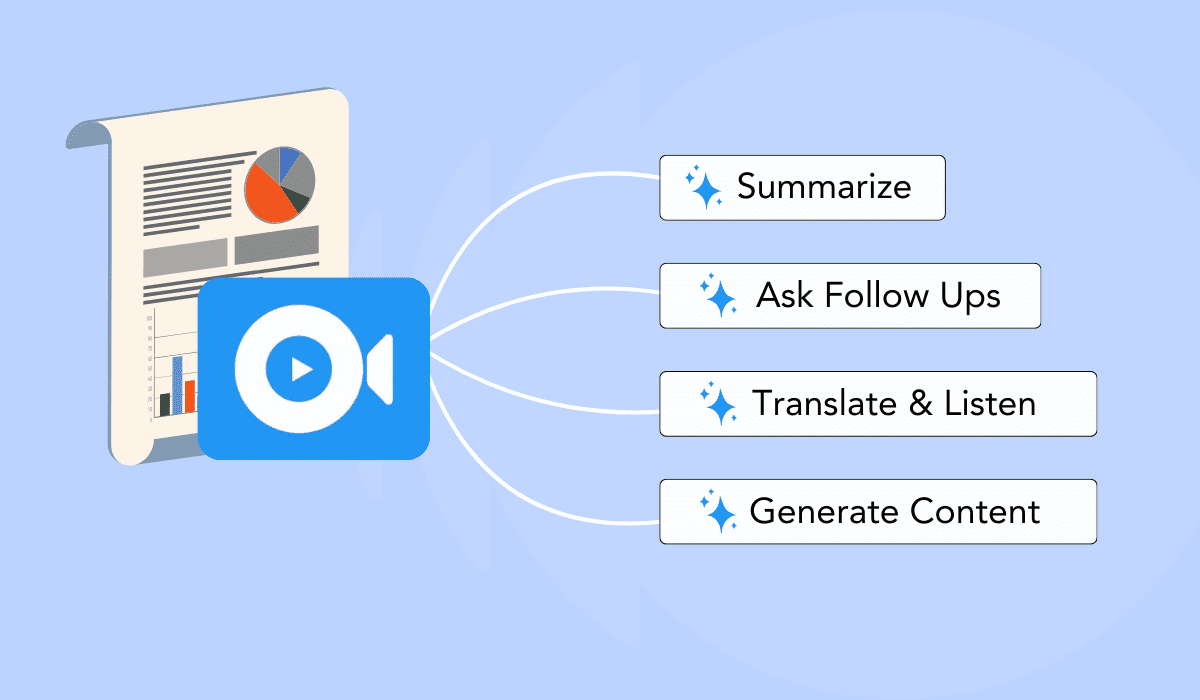Undoubtedly, it is a challenge to understand the entire research paper due to its technical language and complex details. Reading a research paper thoroughly often takes a lot of time. In such instances, knowing how to summarize a research paper effectively can be handy. It can save you a lot of time while ensuring you get all the key points.
However, summarizing a lengthy research article in an easy-to-understand way without overlooking vital information is equally difficult. Many people struggle with this. They get carried away by too much information, confused by complex terminology, or unsure where to begin summarizing. The good news is that numerous ways can solve this problem.
There are 2 primary ways to summarize a research paper. They are:
- You can break down the paper on your own using structured methods
- or use AI tools designed to help with summarization.
This blog will discuss both ways to summarize research papers efficiently. We’ll include step-by-step techniques you can do manually and introduce advanced AI tools that simplify the process. So, let’s learn the traditional approach first.
How to Summarize Research Paper Manually
Summarizing a research paper by hand feels difficult at the start. But if you stick to a plan, you can make it clear, accurate, and brief. You might want to understand the paper better, add it to a literature review, or use it in your research. You can quickly find the key information you need by following a few steps.
Step 1: Determine Your Focus
Before you begin reading the topic, you must define your goal. Are you summarizing for personal study, a literature review, or to use in research? A clear focus will decide the detail and depth required in your summary, allowing you to stay on track with your goals.
Step 2: Read the key sections and take structured notes
Quickly looking over complex research papers isn’t enough when you read complex research papers. You really need to read them carefully. Begin with the abstract to get a summary of the study. After that, read the introduction to understand the main research question and hypothesis.
Then, carefully read the methods and results sections to see how the study was done and what was discovered. Finally, read the discussion and conclusion to understand the bigger impact of the research findings. While you read, highlight important parts and write notes in the margins. This will make it easier to summarize the paper when you’re done. Organize your notes around several core components:
- Identify the research question and hypothesis to understand the problem the study addresses;
- Summarize the methods to highlight how the research was conducted and what data was collected;
- Note the results to pinpoint the key findings;
- Finally, the conclusions and implications are captured to grasp the study’s significance and relevance.
Step 3: Write the First Draft of Your Summary
When starting your first draft, keep the structure similar to the original paper but brief and precise. First, introduce the research by stating its goal and why it matters. Then, summarize the methods used, including the study’s design, who took part, and the main techniques employed. After that, share the key findings, focusing on the most critical results without getting too technical. Finally, discuss these results and why they are essential in a bigger context.
Step 4: Edit for Accuracy, Clarity and Style
Check your summary for accuracy and completeness to ensure it is informative but concise. Ask yourself if you understand the main idea of the research without misrepresenting it. Ensure no key data is missing and the summary remains focused on the study issue. A well-crafted summary should be clear and easy to understand.
- Use direct language while remaining accurate.
- Focus on actual evidence rather than unclear statements.
- Remove unnecessary phrases to simplify your summary, ensuring each word adds value.
Step 5: Final Review and Polishing
Before finalizing your summary, review it. Ensure it is well-structured and flows logically from one section to another. Verify that it accurately represents the original research without personal bias, is free of errors, and is written in a professional yet accessible tone.
Summarize A Research Paper Using AI: Step-by-Step Guide
TubeOnAI is the best research paper summarizer tool that can simplify the summarizing process, turning the task into something quick and efficient.
Whether you’re preparing for a presentation or keeping up with the latest findings, this guide shows you how AI can help distill complex information into digestible insights.
Here’s how to use AI to summarize a research paper step by step.
Step 1: Prepare the Research Paper and Login
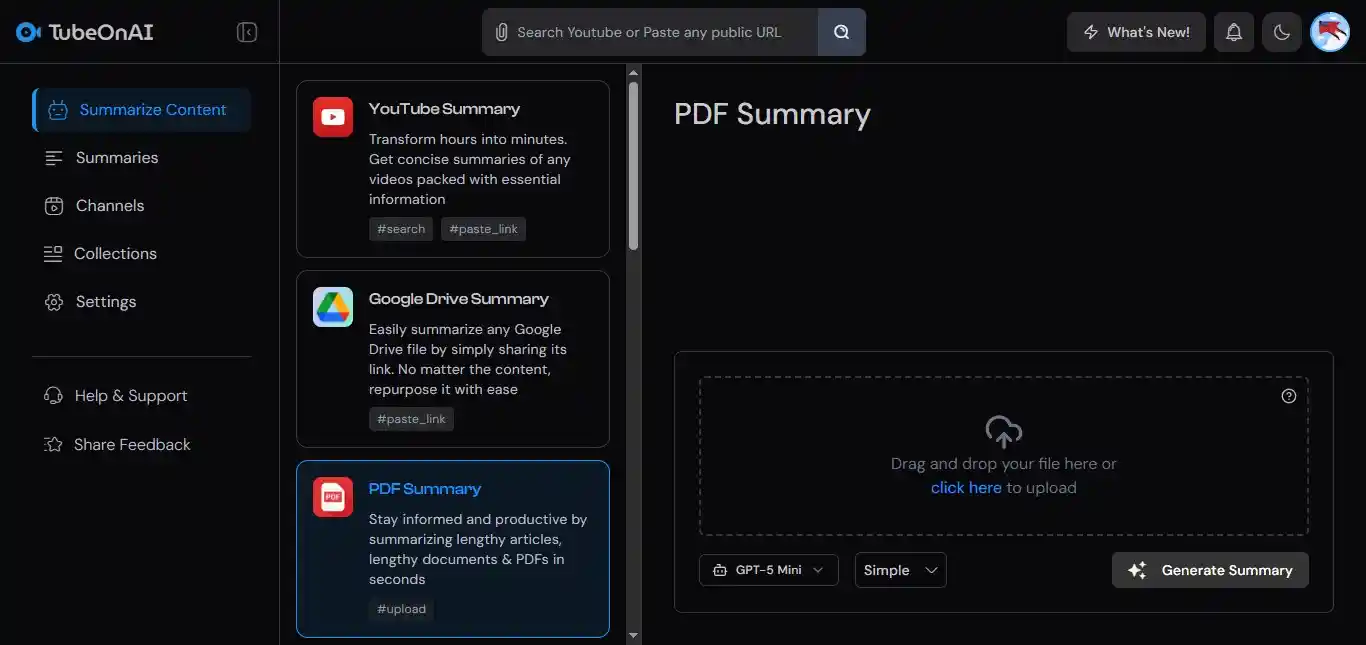
Before you start summarizing, ensure that the research paper is available in a compatible format. TubeOnAI supports various file types, including PDFs, Google Docs, and text files.
Then log in to TubeOnAI. If you don’t have an account, please sign up. It’ll be a pretty easy process and you can sign it up with Gmail, or any social media account.
Step 2: Ensure Accessibility
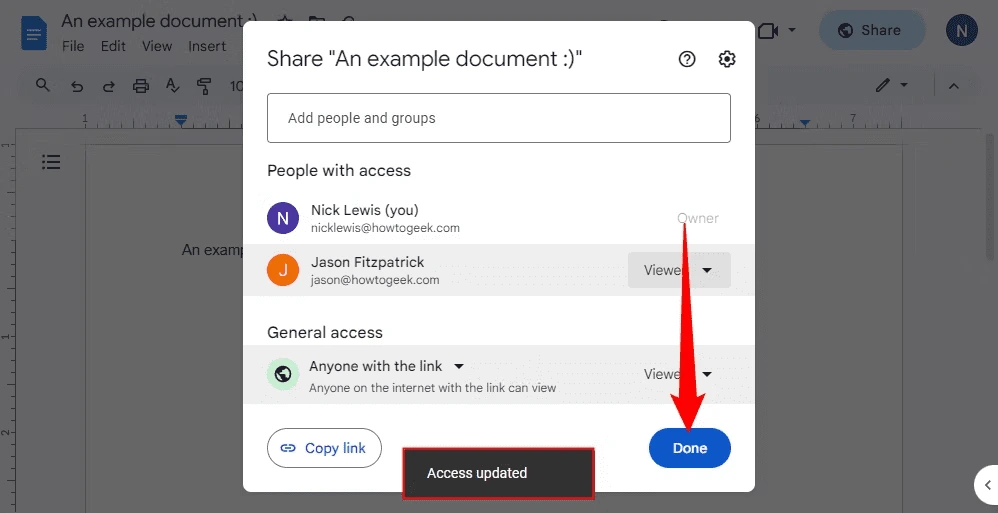
For TubeOnAI to summarize the paper, it must be publicly accessible if it’s stored online. If you are using a Google Doc or a PDF hosted on Google Drive, make sure to set the sharing settings to “Anyone with the link can view.” This is crucial for the AI tool to access the content and generate a summary.
Step 3: Input the Document Link
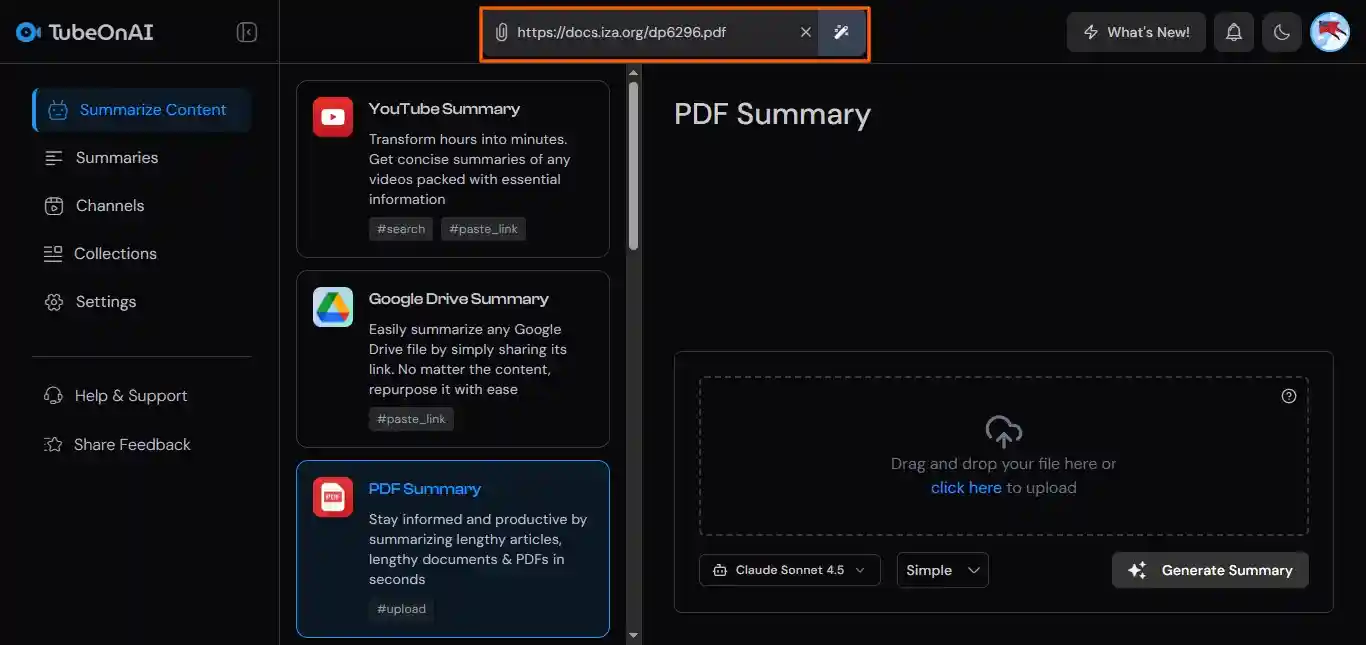
Log in to your TubeOnAI account and navigate to the “New Summary” option. Paste the public link of your research paper into the input field. TubeOnAI accepts direct links to documents and files, ensuring that the URL ends with the appropriate file extension (e.g., .pdf, .docx).
Step 4: Generate the Summary
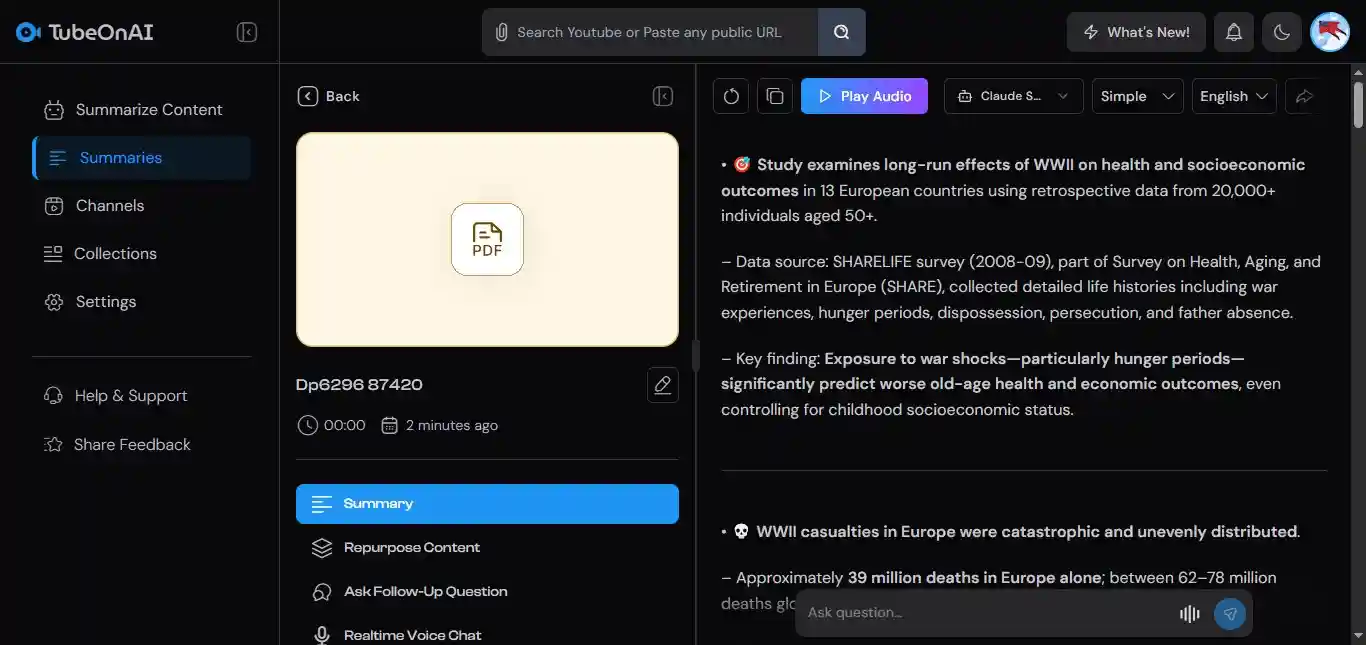
After setting up the document link and any custom preferences, click on the “Summarize” button. TubeOnAI will process the document and generate a summary within seconds. The summary will highlight key points, main arguments, and important findings from the research paper.
Step 5: Review and Refine
Once the summary is generated, review it to ensure that it accurately captures the research paper’s essence. You may need to refine or adjust the summary based on your needs or the required depth of detail.
Also Read: Summarize Google Docs with AI
Who Can be Benefited from Summarizing Research Paper
Summarizing research papers is helpful for many people, especially those who need to understand complex information quickly. It allows students, researchers, and professionals to grasp the key points of a study without reading the entire paper.
1. Students and Academics: Students and scholars can save time by quickly grasping the key points of complex studies. This allows them to focus on critical analysis and further research rather than getting bogged down in lengthy texts.
2. Researchers: Researchers often need to review numerous papers to stay updated in their field. Summaries help them efficiently scan through relevant literature to identify the most pertinent studies for their work.
3. Professionals: Professionals in fields like medicine, engineering, and technology use research to inform their practice. Summaries provide them with the necessary insights without requiring them to read through full papers.
4. Journalists and Writers: Those in media and publishing can use summaries to quickly understand scientific findings and convey them to a broader audience, making complex topics more accessible.
5. Policy Makers: Summaries allow policymakers to make informed decisions by distilling research findings into actionable insights, enabling them to apply evidence-based knowledge to real-world issues.
Frequently Asked Questions
How fast can I expect TubeOnAI to summarize a research paper?
TubeOnAI is designed for efficiency and typically summarizes research papers in seconds. However, the processing speed may vary depending on the file size and complexity of the document.
What makes TubeOnAI different from other AI summarization tools?
TubeOnAI stands out due to its precise and detailed section-wise summaries, its ability to interact with your content through follow-up questions, and its user-friendly interface. It saves time by delivering highly accurate summaries and allows for customizable outputs.
Is TubeOnAI suitable for summarizing lengthy research papers?
Yes, TubeOnAI is ideal for summarizing lengthy research papers. It breaks down complex information into easily digestible sections, ensuring you capture the key points without having to read through the entire document
Conclusion
Now that you know how to summarize a research paper using AI, I hope you realize that using TubeOnAI to summarize research papers can significantly enhance your productivity. TubeOnAI creates quick, accurate summaries of complex academic content and lets you focus on important research aspects without manually reading long documents.
If you still haven’t made up your mind, give TubeOnAI a try and see the difference. For any requirements, we’re always here to help you.

